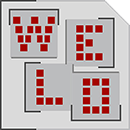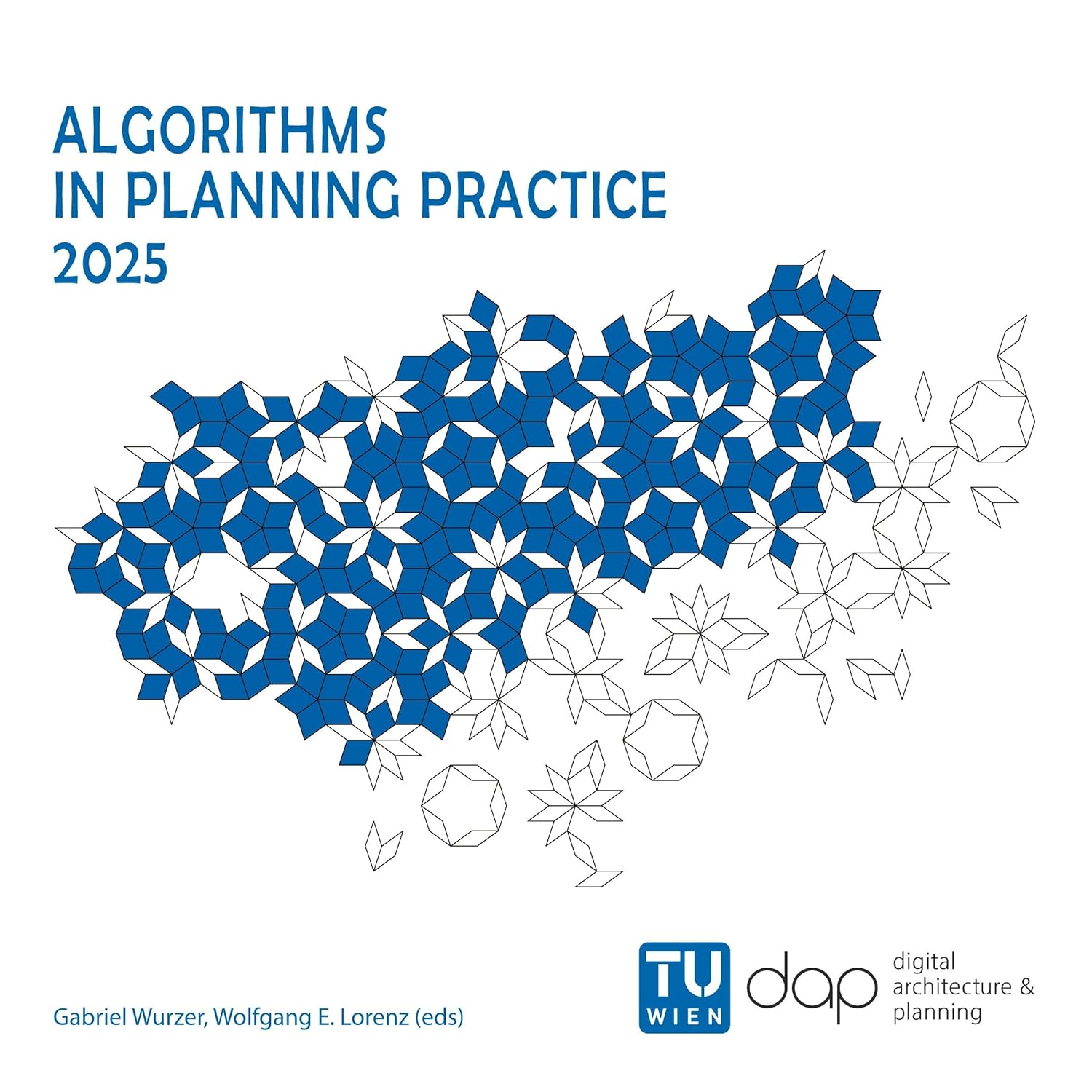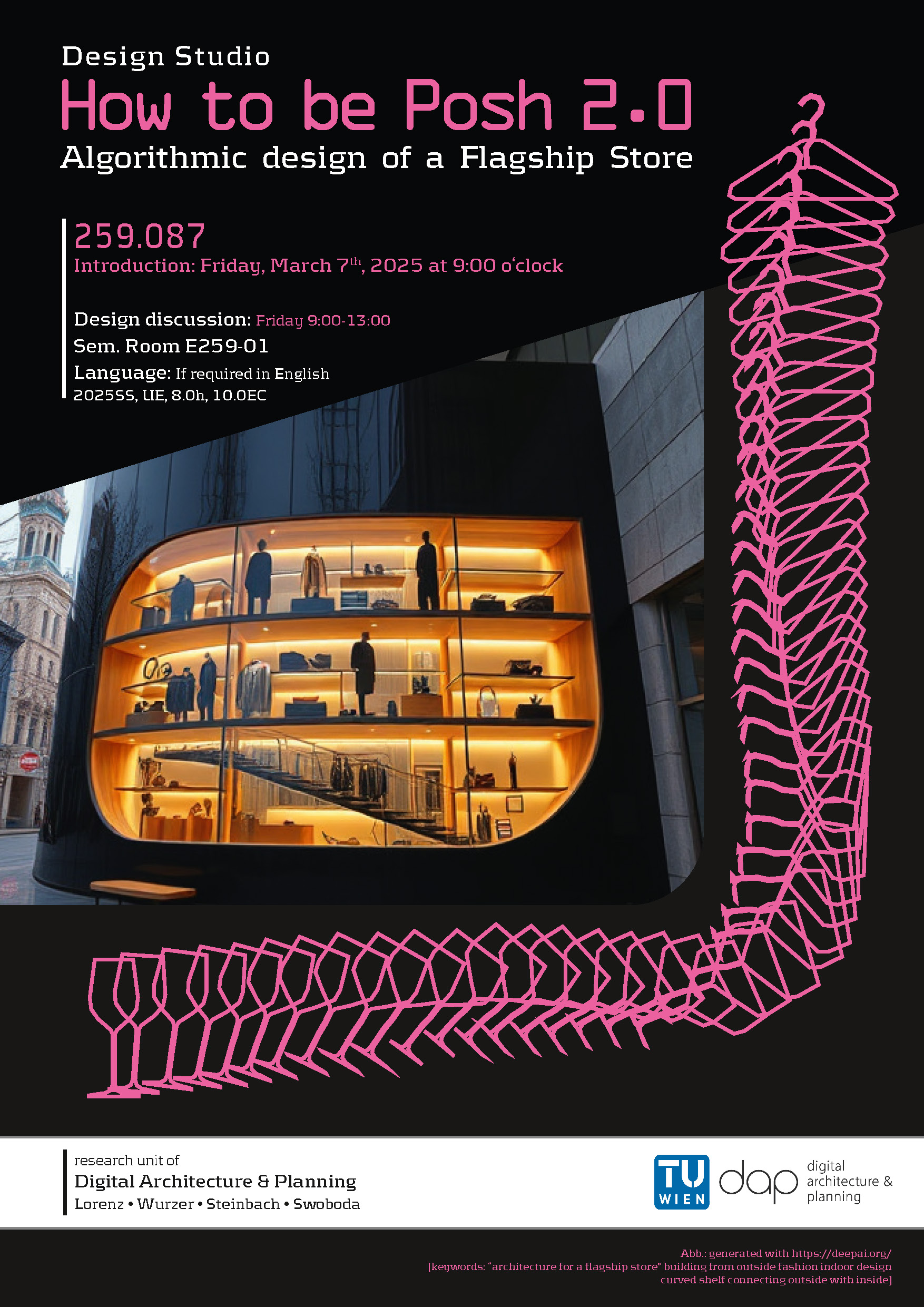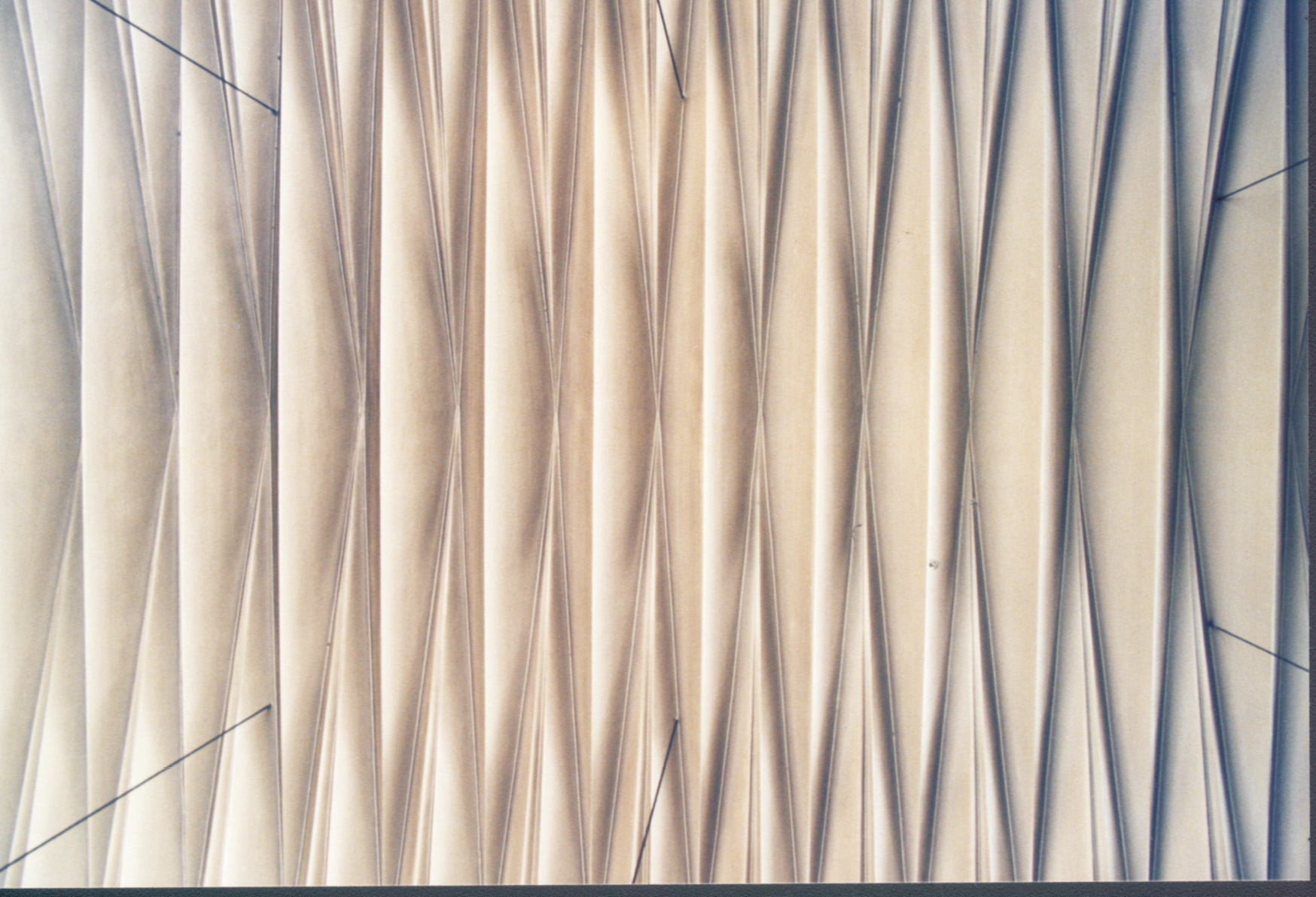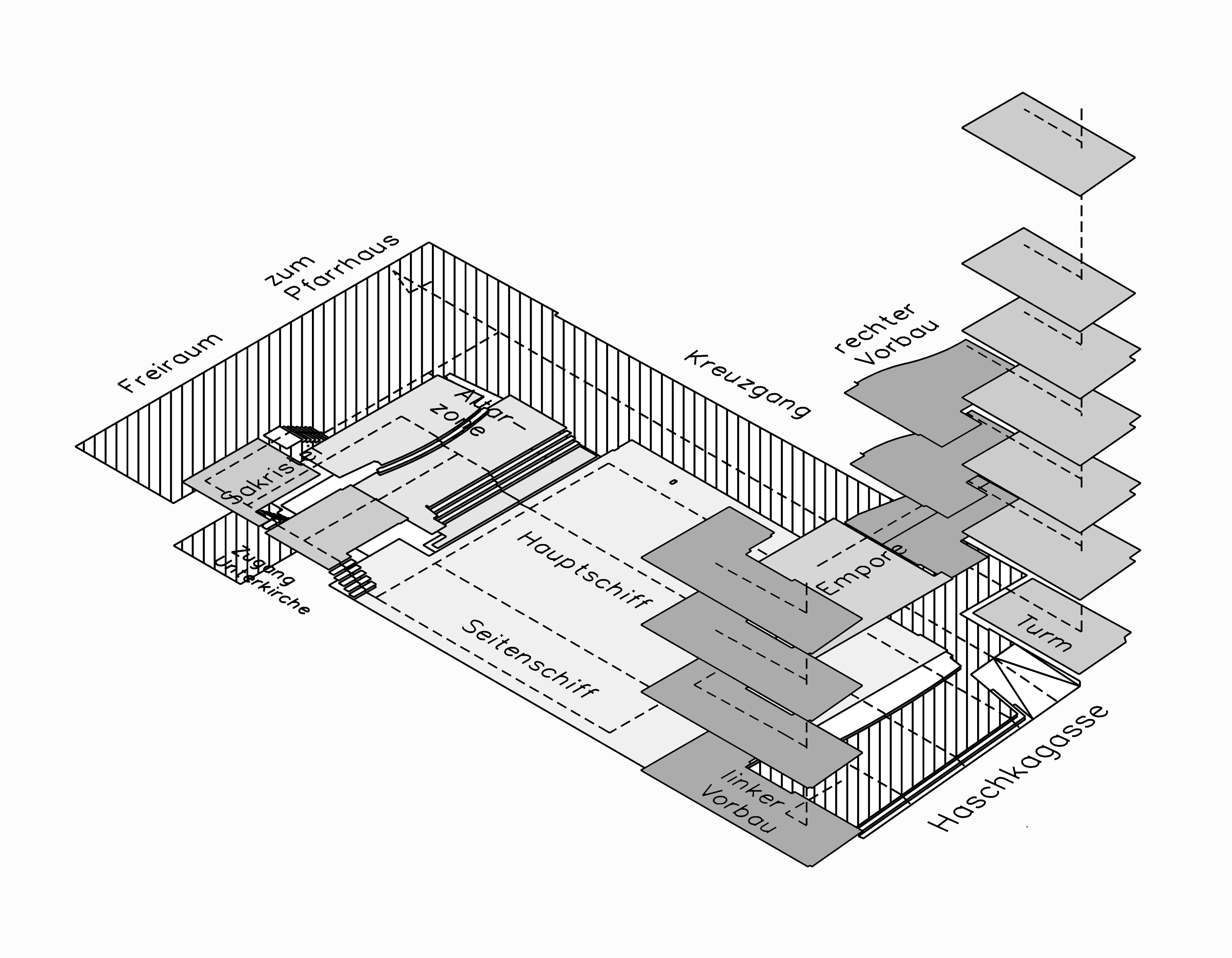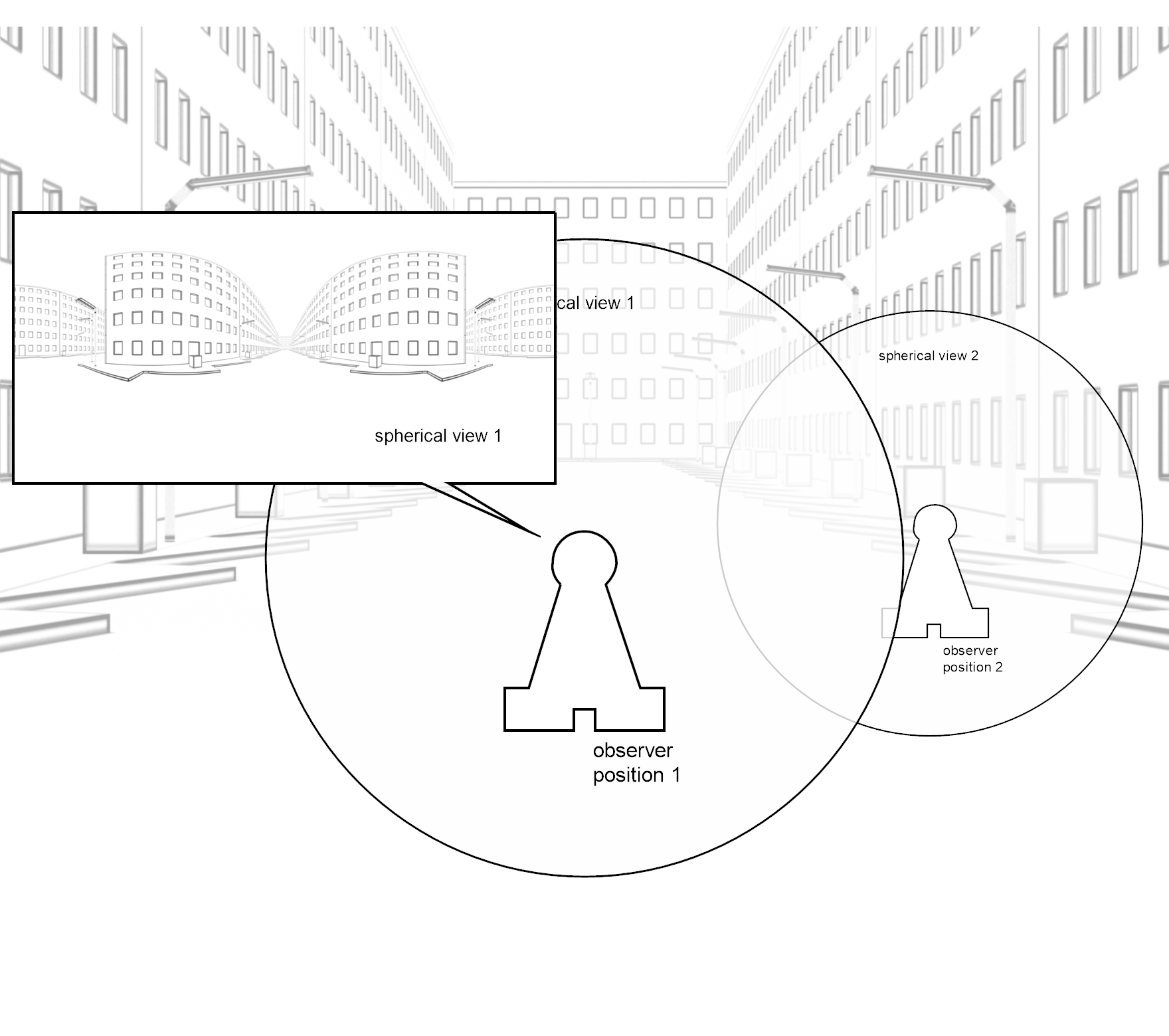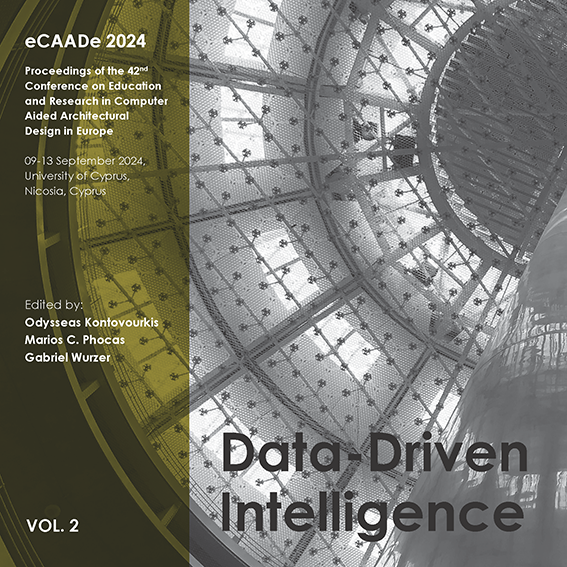6.2.1 Cities and Fractal Geometry
As shown in the previous chapters, fractal geometry is able to describe complex forms, finding out their underlying order and regularity - self-similarity, simple algorithms -, by reproducing the real world and not by an abstraction into pure mathematics - "clouds are not spheres". Therefore fractal geometry offers a good field for application on cities, moreover, even most of the "planned" cities, using the geometry of Euclid and showing simplicity of form, have been adapted to their context in more natural ways and therefore also contain some "organic" growth and irregularity[01]. Such applications can be the visualization through computer models based on fractal geometry, measuring patterns of real cities and their dynamic simulation by examining city-boundaries, networks, hierarchies, urban texture and the density of population - if cities belong to fractal geometry then elements of these systems will be found on different scales: self-similarity.
